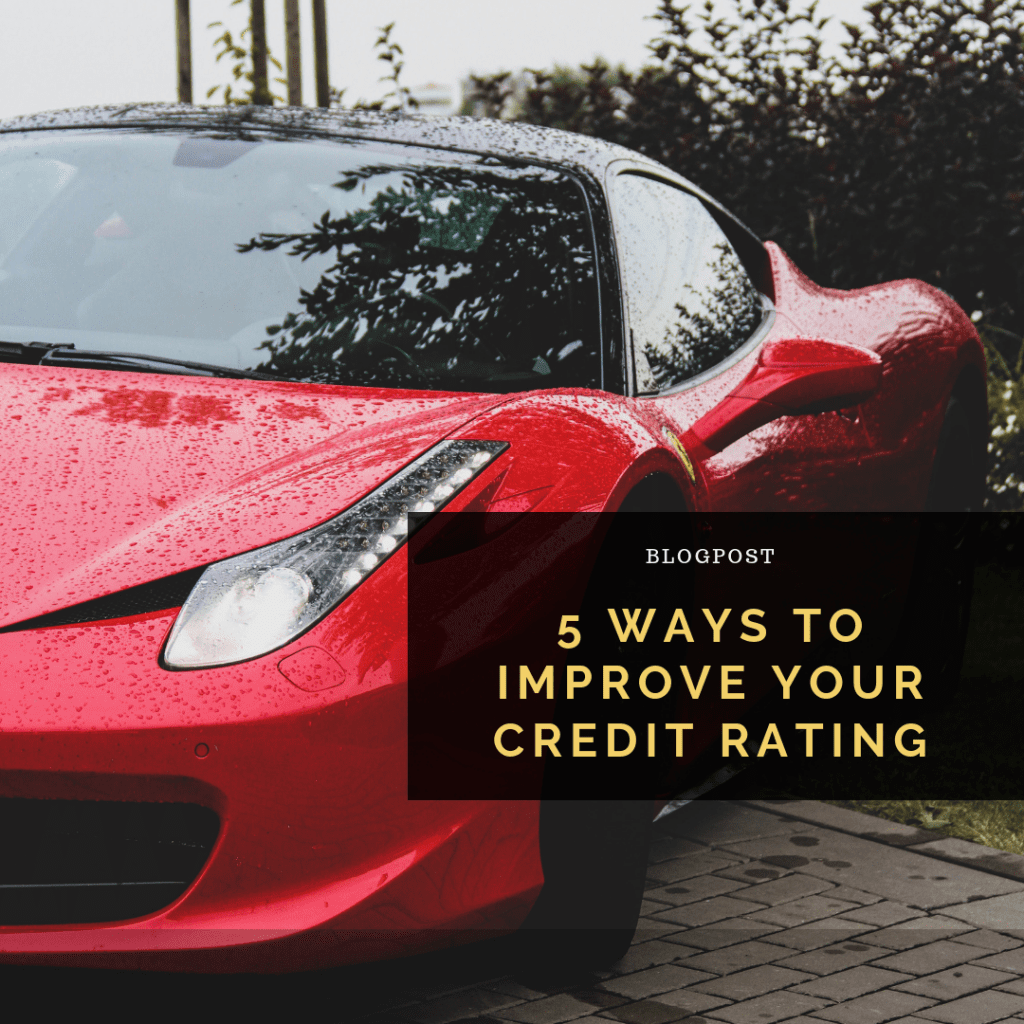
The automotive world is witnessing a seismic shift. Gone are the days when raw performance was exclusively the domain of thunderous V8s and screaming V12s. Today’s supercar elite from Ferrari’s revolutionary 296 GTB to Porsche’s game-changing Taycan and McLaren’s innovative Artura prove that electrification isn’t just compatible with performance, it’s redefining it entirely.
This transformation represents more than just technological evolution. For discerning buyers and investors, it signals a fundamental change in how we approach supercar ownership, financing, and long-term value strategy. Understanding these dynamics isn’t just advantageous, it’s essential for making informed decisions in today’s rapidly evolving market.
The Electric Revolution: Performance Without Compromise
The statistics speak volumes about this transformation. Electric and hybrid supercars now deliver acceleration figures that would have seemed impossible just a decade ago. The Porsche Taycan Turbo S rockets from 0-60mph in just 2.6 seconds, while the Ferrari 296 GTB combines a twin-turbo V6 with electric assistance to produce 818 horsepower proving that sustainable performance doesn’t mean sacrificing excitement.
This shift creates unique opportunities for savvy buyers who understand both the technology and the financial landscape surrounding these vehicles. The key lies in navigating the complexities of hybrid and EV financing while capitalising on the advantages these vehicles offer.
Unlocking Financial Advantages: Government Incentives and Tax Benefits
While consumer purchase grants may have largely disappeared, the financial benefits of hybrid and electric supercars remain substantial, particularly for business owners and high-net-worth individuals operating through corporate structures.
Company Car Benefits: Maximum Performance, Minimum Tax
Electric supercars offer some of the most advantageous Benefit-in-Kind (BIK) rates available. For company directors seeking to combine business efficiency with driving pleasure, this creates a compelling proposition. An electric Porsche Taycan taken as a company car can result in significantly lower personal tax liability compared to an equivalent petrol supercar sometimes saving thousands annually.
Capital Allowances: Accelerating Business Investment
Businesses financing low or zero-emission vehicles can often claim enhanced capital allowances, effectively writing down more of the purchase price against taxable profits. This can substantially improve the net cost of ownership, making high-performance hybrid and electric models more accessible to business buyers than their sticker prices might suggest.
Infrastructure Investment: Building Lender Confidence
The UK’s continued investment in charging infrastructure with over 45,000 public charging points now operational has dramatically improved the practical case for electric vehicle ownership. This infrastructure growth directly translates to increased lender confidence, often resulting in more favorable financing terms and higher loan-to-value ratios.
Managing Residual Value Risk: The New Frontier of Supercar Investment
Residual value represents perhaps the most significant consideration in hybrid and electric supercar financing. The landscape here is complex and rapidly evolving, requiring sophisticated analysis and strategic thinking.
Traditional Supercar Values: The Established Benchmark
Limited-production petrol supercars have historically demonstrated strong value retention, particularly from prestigious marques with carefully controlled production runs. Models like the Ferrari F40 or Porsche 911 GT2 RS have become investment grade assets, appreciating significantly over time.
Electric Challenges: Technology Curve Risks
The rapid pace of battery technology development creates unique depreciation risks for early electric supercars. As energy density improves and charging speeds increase, today’s models may face accelerated obsolescence. However, pioneering models from established manufacturers often benefit from historical significance that can offset technological depreciation.
Hybrid Solutions: Bridging the Gap
Hybrid supercars like the Ferrari 296 GTB occupy a strategic middle ground, offering electrified performance while maintaining the emotional connection of internal combustion. This positioning often translates to more stable residual values, providing reassurance for buyers concerned about future resale values.
Strategic finance structures play a crucial role in managing these risks. Personal Contract Purchase (PCP) and Lease Purchase arrangements can provide defined balloon payments, effectively transferring residual value risk to the finance provider and protecting buyers from unexpected depreciation.
Lender Evolution: Adapting to the New Performance Paradigm
The prestige automotive finance sector has undergone significant evolution to accommodate hybrid and electric supercars. Understanding these changes is crucial for securing optimal financing terms.
Growing Market Acceptance
Leading finance providers now demonstrate strong appetite for hybrid and electric supercars from established manufacturers. The combination of proven marque heritage and cutting edge technology creates a compelling proposition for lenders, often resulting in competitive rates and terms.
Specialised Underwriting Approaches
Residual value assessment for hybrid and electric vehicles requires specialised expertise. Progressive lenders have developed sophisticated models that account for technology depreciation curves, infrastructure development, and regulatory changes. This specialisation can significantly influence deposit requirements, term structures, and balloon payment calculations.
Flexible Financial Structures
The dynamic nature of the hybrid and electric market has driven innovation in finance products. Refinancing options and equity release facilities allow owners to adapt their arrangements as market conditions change, providing valuable flexibility in an evolving landscape.
Real-World Case Studies: Strategy in Action
The Executive’s Choice: Porsche Taycan
For SME directors, the Taycan represents an optimal combination of performance, prestige, and tax efficiency. With BIK rates as low as 2% and company car tax savings potentially reaching £15,000 annually compared to equivalent petrol models, the financial case is compelling. Typical financing structures might include a four year PCP with a 30% deposit, taking advantage of favorable residual value guarantees.
The Collector’s Dilemma: Ferrari 296 GTB
As Ferrari’s first series-production V6 hybrid, the 296 GTB occupies unique historical significance. For collectors seeking to maintain their position while accessing liquidity, refinancing or equity release strategies can unlock substantial capital often 60-70% of current market value while retaining ownership of this milestone model.
The Early Adopter’s Strategy: McLaren Artura
McLaren’s first hybrid supercar represents both opportunity and risk. Strategic financing approaches might balance the brand’s strong performance credentials against natural early model depreciation through carefully structured balloon payments and flexible refinancing options.
Strategic Recommendations for Today’s Buyers
The transition to hybrid and electric propulsion is irreversible, but it need not be intimidating. Success requires understanding both the opportunities and challenges this transformation presents.
Embrace Flexibility
Choose financing structures that adapt to changing market conditions. PCP arrangements with guaranteed minimum future values can provide downside protection, while refinancing facilities offer upside participation as values develop.
Consider Total Cost of Ownership
Factor in reduced running costs, tax advantages, and potential residual value protection when comparing hybrid and electric options to traditional petrol supercars. The headline purchase price often tells only part of the financial story.
Plan for Evolution
The supercar market will continue evolving rapidly. Select financing partners who understand this dynamic landscape and can provide ongoing support and flexibility as your needs change.
The Future of Supercar Ownership
Hybrid and electric supercars represent far more than technological advancement they’re fundamentally reshaping the economics of high performance vehicle ownership. From unprecedented tax advantages to new residual value considerations, every aspect of the ownership equation is evolving.
The winners in this new landscape will be those who embrace these changes strategically, leveraging the unique advantages while managing the inherent risks through sophisticated financial planning. The future of supercar performance is electric and with the right approach, it’s also financially compelling.
For buyers ready to embrace this transformation, the opportunity has never been greater to combine cutting edge performance with intelligent financial strategy. The road ahead is electric, and it promises to be exhilarating in every sense.

